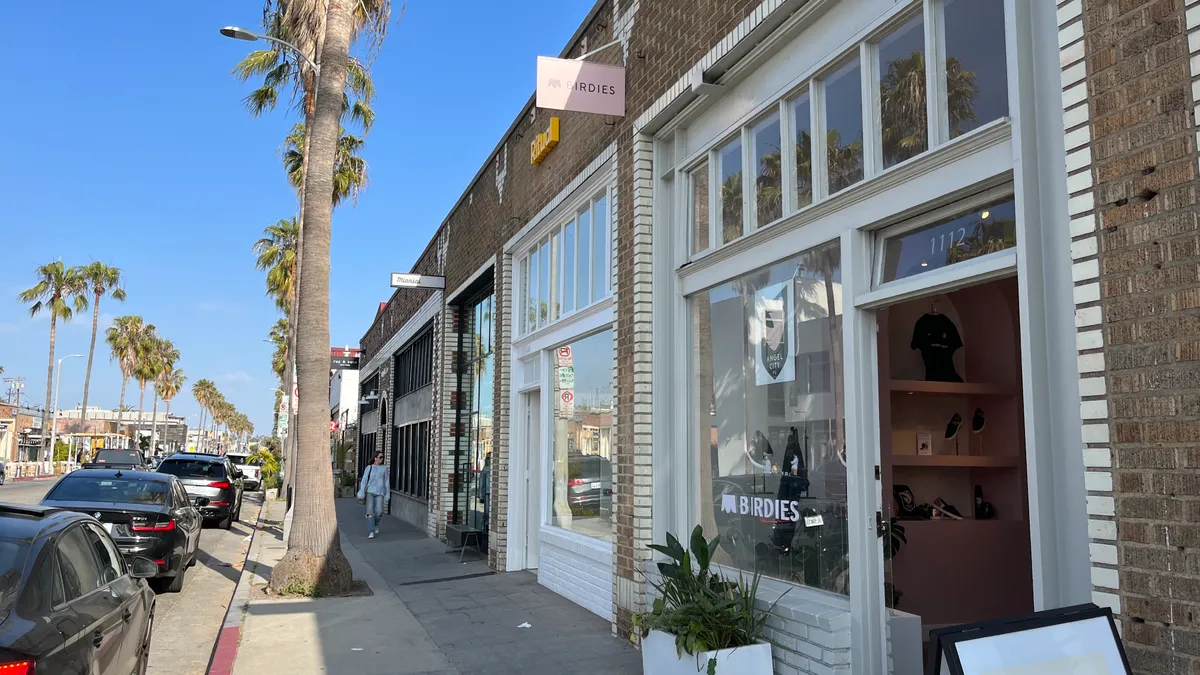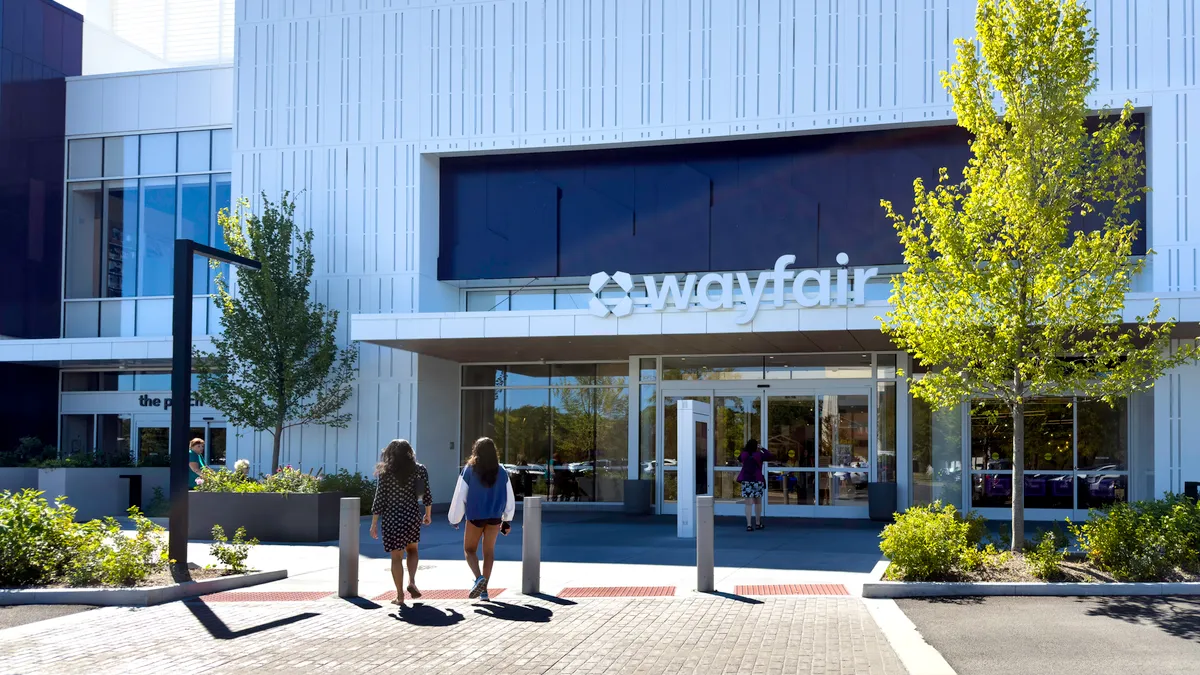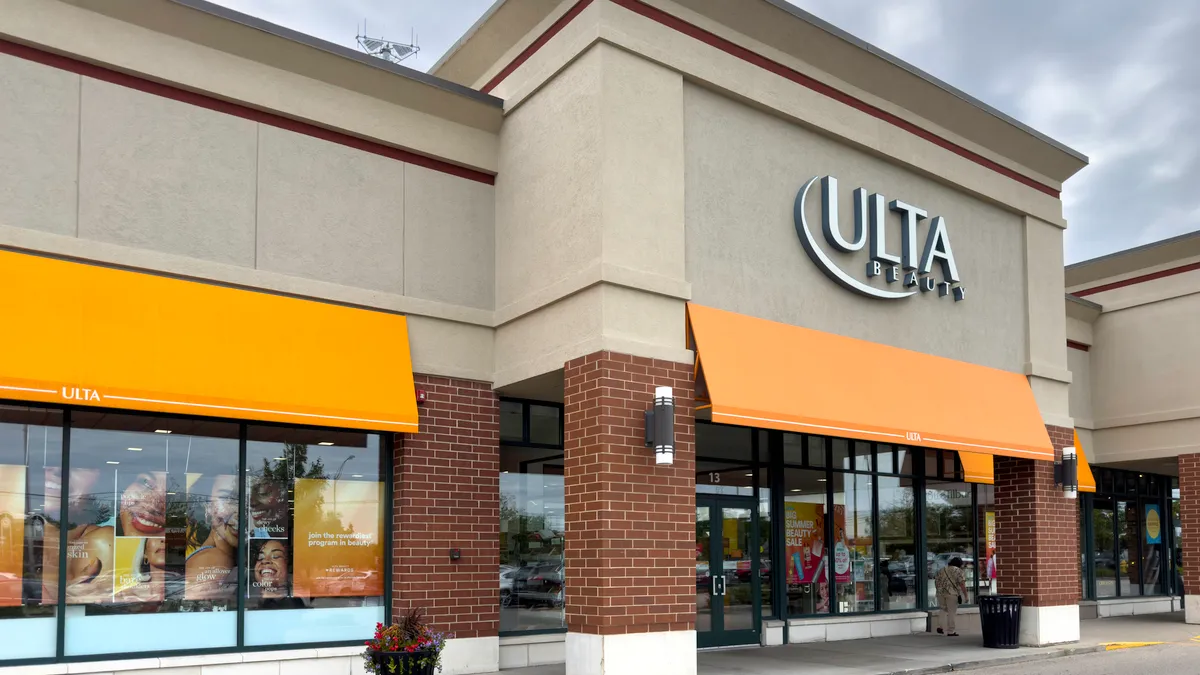Amazon doesn’t appear to be slowing down in its mission to change the face of retail.
The Seattle-based e-commerce giant continues to make strides in its delivery and shipping innovations, with several recent developments including the purchase of thousands of semitrailers and Prime Now expansions.
Industry analysts say these moves are indicative of Amazon’s desire to eventually own the whole delivery process. While that would undoubtedly impact traditional shippers and retailers, there’s still room for them to grow in the thriving e-commerce market, according to Steve Osburn, a retail strategist at consulting firm Kurt Salmon.
“Their goal is not to make a ton of money right now, it’s to impress the customer and continue to gain market share,” Osburn told Retail Dive.
Holiday ambitions
Just less than a year since launching Prime Now, Amazon announced it was adding 4,000 new products to the one-hour delivery service and Prime Now in time for the holidays.
“We’re very excited about the service,” Prime Now Director Stephenie Landry told Retail Dive. “If you go onto social media and you look at #primenow, you see customers reacting to the service and we often hear things like, ‘I’m living in the future, the future is now.’ People love the convenience of fast delivery.”
That consumer buzz is exactly what Amazon is looking for in its instant gratification service. Amazon, unlike other retailers, can shoulder the high cost of speedy delivery thanks to revenue from its web services and other areas, the Associated Press reported.
Delivery innovations
Long term, Amazon appears to be gearing up to take full ownership of the delivery process.
The company continues to hint at the potential for drone delivery in the future with the release of a video of a prototype Prime Air drone that could deliver goods in 30 minutes or less. There also are rumors that Amazon may launch its own air-cargo service out of Wilmington, Ohio.
Amazon already has purchased thousands of semitrailers to gain greater control of its supply chain system. The trailers, which are transported by third-party trucks, move items from its regional warehouses to sortation centers, USA Today reported.
“(Amazon) won’t ever have the scale that the other carriers have. But the more of that piece they own, the more they can control the cost and the timing,” Osburn said. “So I think longer term, there is a portion of their deliveries — if not all of their deliveries — that they’ll be able to in-source the transportation piece of it.”
One or two-hour deliveries will have to go through new channels because the current carriers can’t hit those time frames, he said. Typically those services will remain in denser urban areas where they can achieve scale and use local couriers to make the deliveries, he said.
Osburn doesn’t expect Amazon’s strategies will put carriers like FedEx and UPS in the red. He anticipates Amazon will pull its volumes from UPS and FedEX at a slower pace than the carriers’ growth, since a majority of retailers continue to boost their e-commerce sales. While Amazon may slow the carriers’ growth, any capacity freed by their movements will be taken up by other retailers, he said.
Retailers try to keep up
Macy’s and other major retailers are working with third-party services to offer same-day shipping, while Target offers rush delivery in certain cities.
But given the high cost of fast delivery, Osburn expects brick-and-mortar retailers to focus more on buy online, pickup in store options as a way to keep up with Amazon. Osburn conducted a holiday shipping study in November that found 35% more retailers offered buy online, pick up in store or reserve-in-store options than the year before.
“I think there are still going to be some markets where same day delivery is needed, but I don’t think it’ll be across the board,” he said.
The secret to competing with Amazon, he said, is winning and maintaining customer loyalty. A few years ago, they had to compete on price because Amazon was trying to undercut everyone. The e-tailer now has a number of customers who only shop on the website, regardless of who has the lowest price.
“That’s where other retailers need to kind of step up their game to retain their current customers,” Osburn said. “So the ones under attack, the Best Buys of the world, need to find ways to incent their customers to keep coming back and keep their execution at a point where Amazon is at.”





















